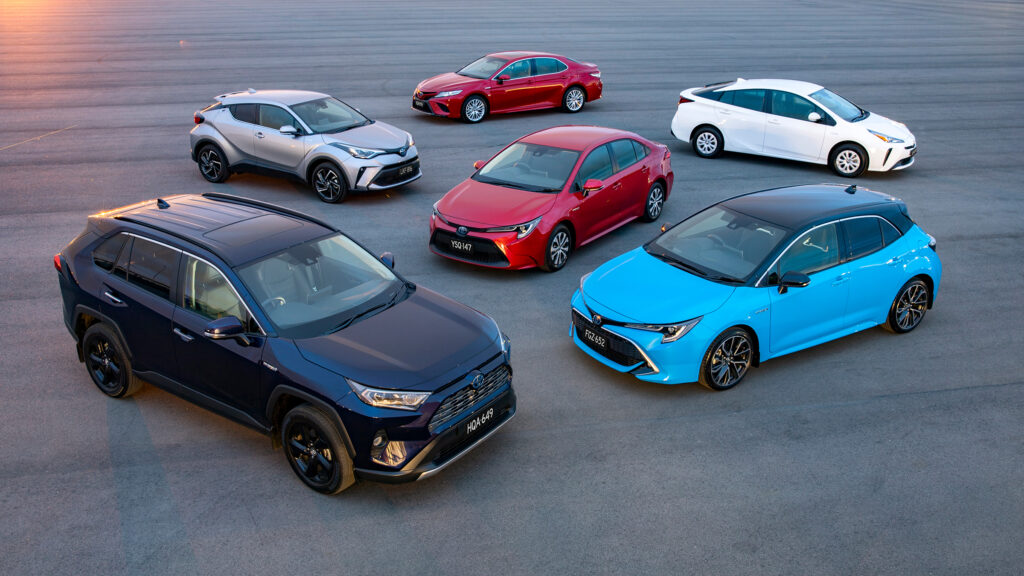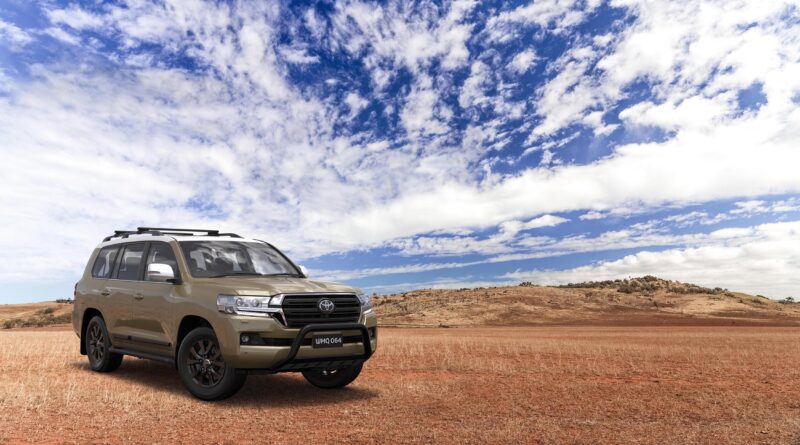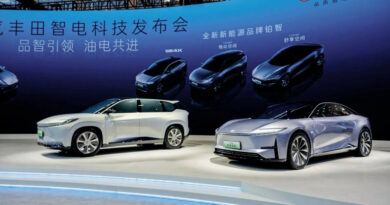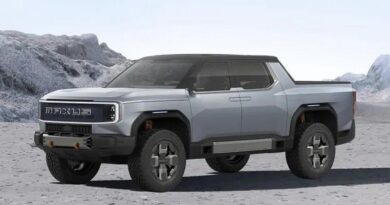Toyota: The hybrid-ocrites…
Magicians know that making a trick work depends on getting the audience to focus on flashy showmanship while the real action takes place elsewhere. Toyota understands this too…
Booming sales of hybrids was the big story executives wanted reporters to take away from Toyota’s recent press conference to announce its 2020 results. Once again the Japanese giant had dominated the Australian new car sales charts, with a 22 percent market share and 200,000-plus sales.
More than a quarter of them were regular hybrids. The 54,335 sales almost doubled the brand’s hybrid tally for 2019. Toyota Australia sales and marketing chief Sean Hanley emphasised their benefits at length.
“We’ve calculated that in just one year’s driving these 54,000 Toyota hybrids will save their owners more than $20 million at the petrol pump and they’ll cut CO2 emissions by more than 35,000 tonnes,” he said.
Want the latest EV news, reviews and opinion delivered to your inbox? Subscribe to our weekly newsletter!
“That’s how you have an impact on the environment, by selling tens of thousands of electrified vehicles that use less fuel and have lower emissions than conventional petrol vehicles of a similar size and performance.”
It’s understandable that Toyota wants to talk up the operating cost and environmental benefits of its growing hybrid sales, but dumb and dirty diesels are actually a much bigger chunk of its business in Australia.

Toyota sold many more diesel-powered vehicles than hybrids in Australia in 2020. Around 30,000 more, in fact, according to figures supplied by the Federal Chamber of Automotive Industries. The brand’s top diesel seller was the hugely popular Hilux 4×4, followed by the LandCruiser line-up and the Prado.
These are all big CO2 emitters. Heavy and unaerodynamic, their fuel consumption is high. Burning a litre of diesel produces more CO2 than burning a litre of petrol. This helps explain why the CO2 emissions of all Toyota’s top-selling diesels are well above the average for vehicles on sale in Australia today.
Compared to the hybrid models the company is so keen to highlight, Toyota’s diesels emit two to three times as much CO2 for every kilometre they drive.
And because Toyota’s diesels sell way better than its hybrids in Australia, the company’s average grams CO2/km emissions aren’t anything to boast about. In 2019, the most recent year for which figures are available, the averaged CO2 emissions of all the vehicles it sold in Australia was actually above the national average.
To be blunt, Toyota doesn’t have any right to brag about what it’s doing for the environment with hybrids while it continues to sell so many bulk emitters.
Wait, there’s more to criticise…
The combined CO2 emissions savings of the hybrids Toyota sold in 2020 that sales and marketing chief Hanley mentioned sounds impression. After all, 35,000 tonnes in just one year sounds like a lot.
In fact it’s less than 1 percent of the total annual CO2 that comes out of the tailpipes of the cars, SUVs, utes and light commercials that Australians drive. Toyota’s hybrid sales are having a negligible effect on our total emissions.
The annual CO2 emissions of Australia’s passenger and light commercial vehicle fleet are, at best, flatlining. At least they were in the years before the coronavirus crisis came along.
There’s one last point to make on hybrids. Yes, they’re a better choice than a Hilux 4×4 diesel, or a comparable car or SUV with old-fashioned ICE power. But they’re nowhere near as effective in reducing emissions of CO2 as an EV running on renewable energy.
Based on the same assumptions and data sources as used by Toyota to calculate the eco-benefit of buying one of their hybrids, an EV using 100 percent green energy will be three times better for the environment than a Toyota hybrid.
When Toyota is selling more EVs than Hilux 4×4 diesels in Australia, they’ll have something truly worth of boasting about. It’ll be a magical day, if it ever happens…
But as of early 2021 Toyota has not sold a single car that can be recharged (EV or PHEV) in Australia.





Good article.
Unfortunately motorists currently have no option in the market if they want a torquey ute. It’s diesel or petrol.
There’s no Cybertruck or F-150 electric and not even a Nissan Navara Hybrid.
The Cybertruck / Rivian / Lordtown / Bollinger/ F-150 ev solutions are 2-4 yrs away.
Until then we’ll drive heavily subsidised fossil-fuelled planet choking utes.
Rats.